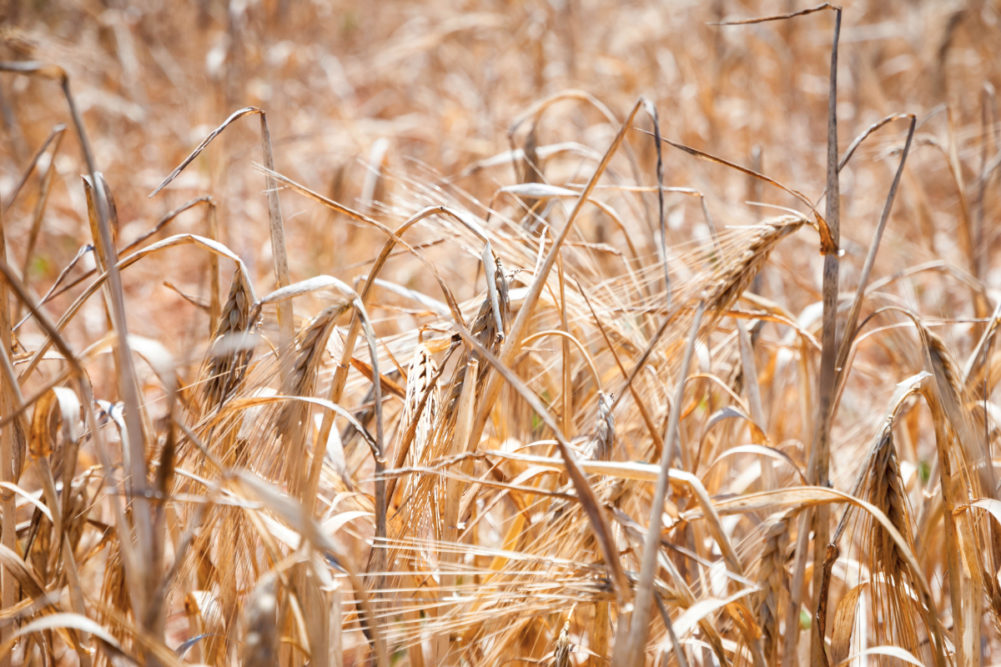CHICAGO — For the first time in nearly a decade, North American farmers are grappling with widespread growing challenges, according to a new report from BMO Economics on the agriculture sector in Canada and the United States.
“In both Canada and the United States, exceptionally hot and dry weather across the prairies has curtailed crop yields and is dragging production of major products like wheat and canola to multi-year lows,” said Aaron Goertzen, senior economist with BMO Capital Markets. “But there is a silver lining. After years of excess supply, expectations of a smaller harvest have helped provoke a large increase in crop prices. Strengthening demand has also helped.”
The report noted that food demand not only held up well through the COVID-19-related recession, it increased sharply — and grocery volumes have remained high even as the restaurant industry has reopened.
“Strong demand, coupled with less abundant supply, has given a major lift to both crop and livestock prices,” Mr. Goertzen said. “That, on its own, is great news for the farm sector.”
But the report also pointed out that production costs were rising too, with farmers across the continent facing higher prices for many of their most important inputs, including equipment, fertilizer, feed, and energy.
“With costs on the upswing, it is as important as ever for farmers to maintain an unrelenting focus on efficiency,” Mr. Goertzen said. “Fortunately, both crop and livestock producers have an impressive track record on that front. Overall, North American wheat production has increased by around 40% over the past half century, even as the amount of acreage devoted to the crop declined by more than 20%.”
It has been apparent for months that crop yields across the prairies would be subpar this year, but the latest estimates are eye-opening.
“In the United States, total wheat yields are likely to be around 12% below trend this year — and that estimate incorporates a decent winter wheat harvest earlier this year,” Mr. Goertzen said. “In Canada, which produces predominantly spring wheat, yields are projected to be roughly 33% below trend this year. The drought on the prairies has also devastated yields for Canadian canola — typically the country's largest revenue-generating crop — which are likely to be 37% below trend this year.
“US canola yields are also extremely weak, though the crop is not grown intensively south of the border.”
Although North American corn and soybean yields have held up relatively well this year, reflecting generally accommodative conditions in the US Midwest, continental stockpiles of all major crops are getting extremely low.
“Across North America as a whole, inventories of wheat, canola, corn, and soybeans are all projected to fall near decade-lows relative to consumption by the end of the current marketing year,” Mr. Goertzen said.
To view the full report, visit: https://economics.bmo.com/en/publications/detail/f88c5aa9-5740-4fb5-b35d-5ff3d2cb1131/





